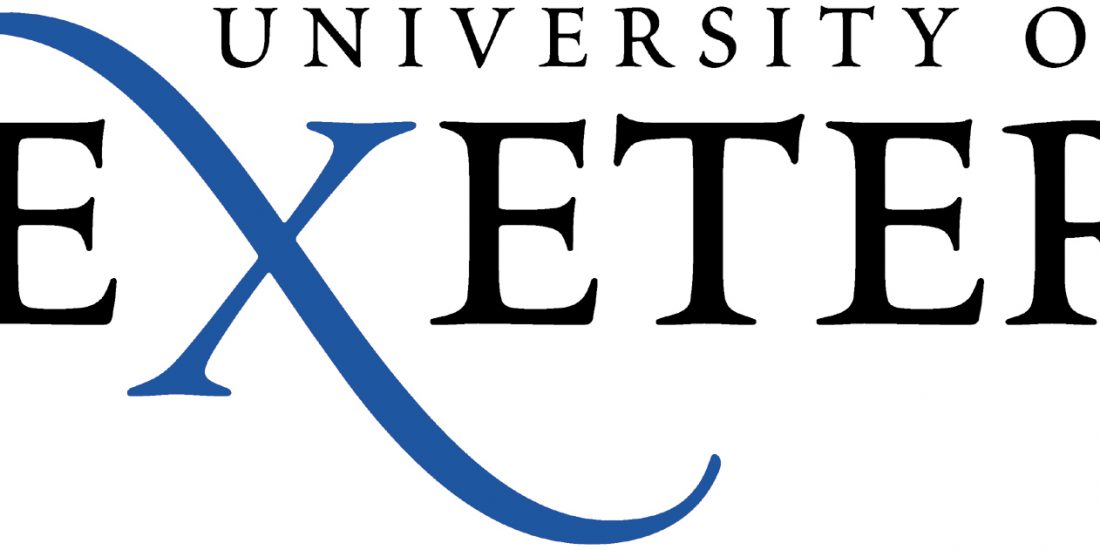One of the most significant challenges to the heat transition is bringing people together to collaborate and agree how homes and buildings are built and heated. One central concept in Transitions theory is the ‘Transition Arena’, in which some pioneer actors are brought together to formulate a common agenda and identify ‘experiments’ or pilots which can test and advance the transition. For some of our cities in the SHIFFT project this has manifested specifically as a ‘heat network coalition’ and this blog will briefly describe the example of Bruges in order to elucidate the process and challenges involved.
Bruges has an existing heat network in which heat from a waste incinerator in the north of the city is distributed to large energy consumers in the north and northwest of the city. Bruges’ heat network coalition is a group of representatives from heat providers, large heat consumers, policy makers and city departments. They are each an important stakeholder with regard to extending the existing heat network and developing new heating networks in Bruges. They are deliberately brought together in carefully planned and orchestrated meetings to discuss how and where to extend the existing or develop new heat networks: a ‘heat network coalition’. The objective is to identify common ground and opportunities, such as ‘pilot projects’, to connect actors in practical change and experimentation, such as the development of neighbourhood-scale sub-networks off the main heat network spine.
Heat mapping and zoning analysis of the city indicates that a heat network is the optimal solution zero carbon heat supply option for much of the historic city centre for two key pragmatic reasons (aside from any visual or planning issues): the UNESCO heritage buildings are challenging and expensive to insulate and so require relatively high-temperature heat supply (often higher than efficiently delivered by a heat pump) and the buildings are sufficiently densely packed together for a network to be viable. Whilst the heat network is currently supplied entirely by a waste incinerator, the network itself is fuel agnostic and additional or replacement sources can always be added at a later date. This model can serve as a template for other cities, especially those with historic buildings – it shows how proactive engagement with stakeholders to network and connect actors can enable the acceleration of low and zero carbon heat supply within the limits of locally existing energy materialities.
The City of Bruges’ climate department, acting as a ‘heat network broker’, has assembled and coordinates a group of local stakeholders who are involved or could be involved in the heat network and its expansion. This group includes IVBO (the publicly owned waste company that owns and operated the heat network), city departments (public works, public estate, and housing), elected policy-makers, Fluvius (Flemish grid operator of electricity and gas), Warmtenetwerk Vlaanderen (Flemish sector organisation of heating networks), Beauvent (Citizen cooperative, develops the heating network in Oostend), OCMW (Public centre for social welfare), Vivendo (social housing company), Go (School community).
A consultancy experienced in this has supported the heat net broker in carrying out this iterative process of engagement with one-to-one conversations between the climate department and stakeholders as well as collective meetings to find agreement and chart an agenda for action. The process so far has yielded a number of key learnings:
- It takes time and patience: coordinating the heat network coalition is a full-time job and will be required for a number of years.
- High levels of enthusiasm and interest: Bruges has found widespread (though not unanimous) enthusiasm among large heat consumers (e.g. schools, developers, swimming pool) and even local residents.
- Active inclusion: Proactively engaging stakeholders within the city government and outside it is important for building support.
- Information management: Identifying and cross-comparing many sources of information is an important part of the role. For example, bringing together the schedule for roadworks, the timeline for new building developments, the extension schedule for the heat network with heat zoning and heat resources data.
- Coordinating timing is a challenge: Aligning the schedules for various projects to ensure infrastructure is installed in a way that is efficient, cost-effective, and timely.
- The city is an effective intermediary: Bruges has demonstrated that a city government department can be an effective and trusted actor to bring people together and coordinate and direct collective action.


